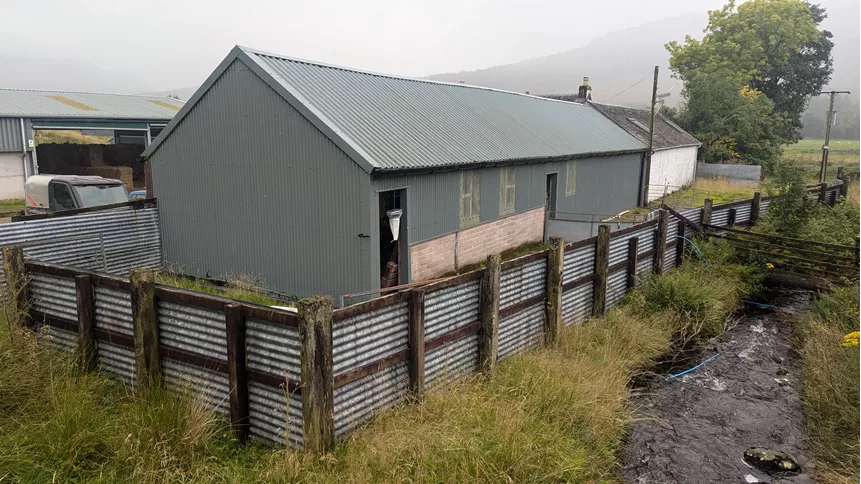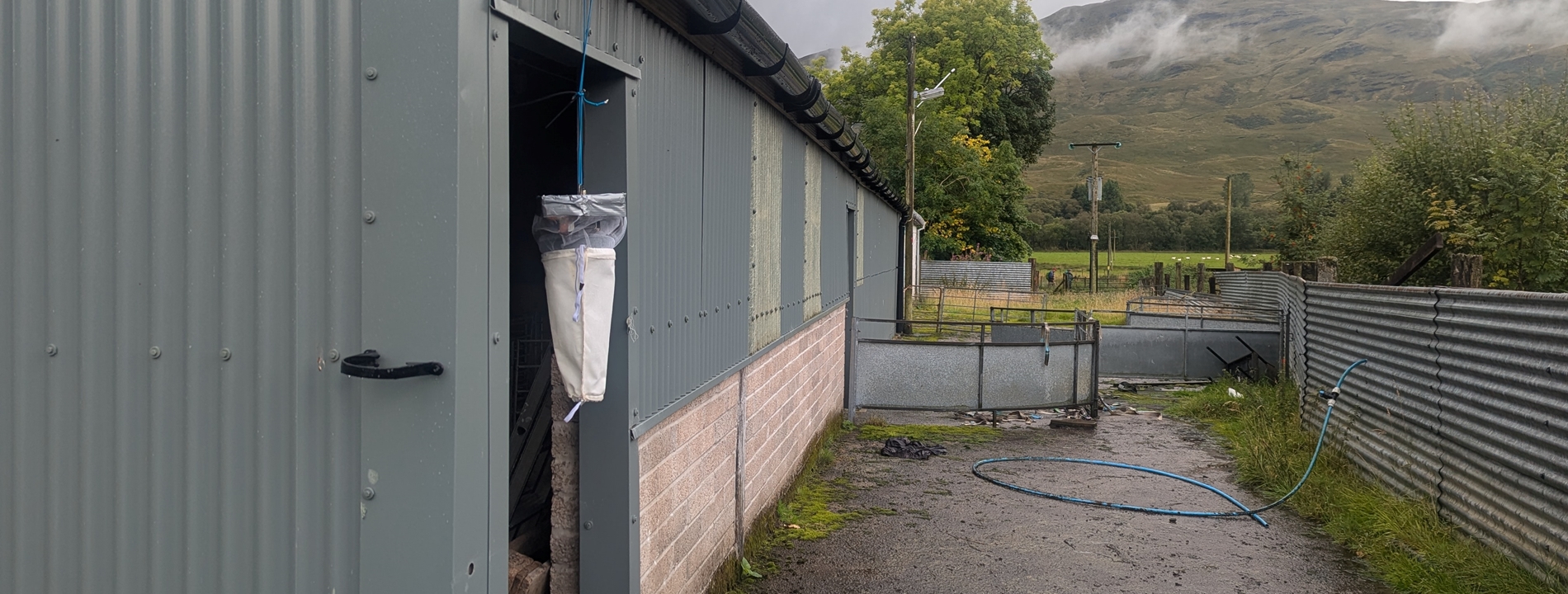Midge traps can provide timely and accurate estimates of midge-free periods in Scotland
Scientists from EPIC (Centre of Expertise on Animal Disease Outbreaks) and SRUC are using midge trapping across farms in Scotland to quickly identify the vector season and risk period for notifiable disease outbreaks. Midge trapping can help provide timely and accurate estimates of midge-free periods in Scotland, which may allow for extended livestock movements in the area. This is especially true as a changing climate presents uncertainties around the times midges are active through the year.
Disease risks related to midges
Biting midges can spread dangerous diseases, including bluetongue and Schmallenberg, to cattle and sheep. While Schmallenberg disease is present in the Southwest and central belt of Scotland, cases of bluetongue disease have been reported in England and Wales.
As of October 1st, 2025, 83 cases of bluetongue had been identified in England and four in Wales. To prevent the spread of disease, restrictions on movement of animals can be implemented based on cases in an area, and risk assessments or modelling data (e.g., temperature data).
Using temperature data to estimate vector periods
Temperature data can be a useful tool for estimating vector periods. However, it is likely that the midge season in Scotland is shorter than the rest of the UK because of its colder temperatures throughout the year. According to UK-wide estimates, two to three generations of midge species are expected per year, which is influenced by multiple factors, including climate and habitat availability, such as dung heaps on farms.
Accurately identifying periods of the year when midges are absent may allow for extended livestock movements in Scotland during outbreaks of notifiable diseases transmitted by biting midges.
Identifying Scotland’s vector periods using midge-traps
EPIC scientists set up a surveillance programme that can provide the Scottish Government with timely estimates of the midge-free periods of the year. Implementing weekly midge trapping across farms in Scotland, scientists can quickly identify a Scotland-specific start and end of the midge vector season.
In spring 2025, at the start of the midge season, midge traps were placed on three SRUC farms in Dumfries, Midlothian, and the West Highlands. Additional traps were placed at the University of Glasgow farm in West Dunbartonshire. Weekly trapping allowed the EPIC team to quickly inform the Scottish Government that late April was the start of the 2025 midge season in Scotland.
EPIC teams began trapping again in August 2025 to identify the end of the midge season for 2025, and the associated reduced risk of bluetongue and Schmallenberg infection.
The trapping method was designed to be consistent with APHA’s own methods for long-term midge surveillance in England. This gives EPIC scientists confidence that any differences found in the length of the midge-free periods of the year between England and Scotland is reliable and can be used to inform policy decision-making around livestock movements
Evaluating trapping data
On 21 September 2025, the Scottish Government eased livestock movement restrictions, based on modelling of temperature data. After reviewing their midge trapping results, scientists from SRUC and EPIC will correlate the end of midge activity with the date movement restrictions were eased. This will help the Scottish Government reduce uncertainties around predicting the total vector season and the risk period for Bluetongue and Schmallenberg diseases.
Midge trapping will also help to monitor the threat from other midge-borne diseases, such as epizootic haemorrhagic disease, which may in the future be introduced to the UK due to climate change.
The future of midge trapping
During the next vector season of biting midges, increasing the number of farms hosting traps will help reduce uncertainties in sample sizes and increase confidence in estimates of midge-free periods in Scotland. This will ensure Scotland’s livestock industry is effectively safeguarded from disease risk while maximising movement periods.
The information on this page has also been shared on the SRUC veterinary surveillance blog.


